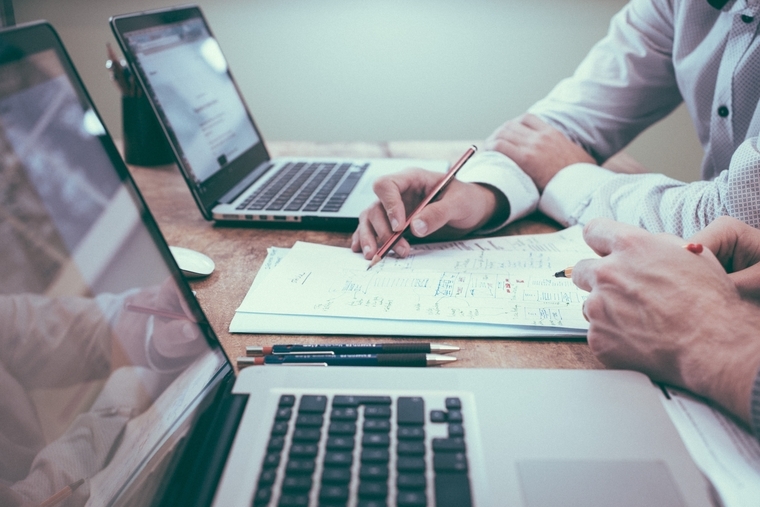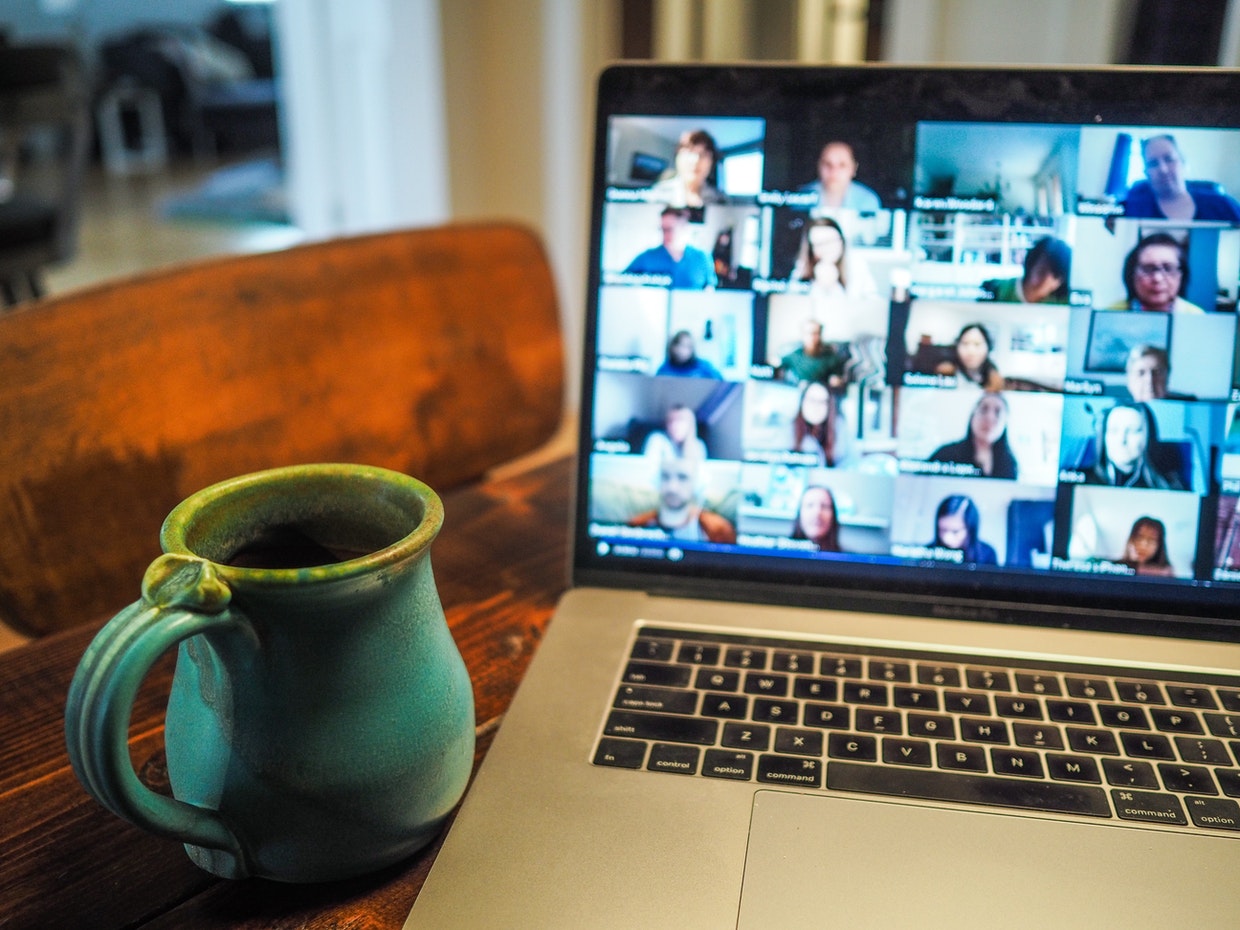5 goal-setting tips for the year Wouldn’t it be great to have your best year ever, this year? Whether you want to grow your business or take more time for yourself, these goal-setting tips can help you achieve your long-term … Read More

Management Accountant Canberra ACT
A Management Accountant adds a significant amount of expertise to your business, and requires a special set of skills and formal educational requirements, including a minimum of a Bachelor’s Degree and Professional Designations (eg: CPA Australia, CAANZ, Certified Management Accountant, … Read More

Bookkeeping Services Canberra, Doing Business in Canberra
Australia’s Capital City has a unique business environment Canberra is an idyllic cool-climate city, ideally situated between Sydney and Melbourne and presents as a unique gateway between government operations and private enterprise. Its location also provides for convenient warehousing and … Read More

Franchise Accounting
If you are a Franchisor, achieving clarity and transparency of Franchisee performance is crucial to maintaining the integrity of the brand you have built up over so many years. Franchising is a very common business model in Australia, with over … Read More

Management Accountant
A Management Accountant adds a significant amount of expertise to your business, and requires a special set of skills and formal educational requirements, including a minimum of a Bachelor’s Degree and Professional Designations (eg: CPA Australia, CAANZ, Certified Management Accountant, … Read More

Cash Out Annual Leave
Do Your Employees Want to Cash Out Annual Leave? Here’s the lowdown. Are your staff asking to cash out annual leave? There are some important rules to remember before paying out annual leave. Firstly, you must review the employee’s modern … Read More

Why outsource to our Xero Bookkeepers
Ascend Solutions provides you with peace of mind, knowing that your Xero Bookkeeping is taken care by Certified and Professional Xero Bookkeepers. Your Xero Bookkeeper is trained and certified in the latest updates and Xero best-practice Our team of Xero … Read More

Christmas Parties and Presents – and Tax!
Christmas Parties and Presents – and Tax! Christmas is a great time to acknowledge and reward your employees and other associates by celebrating and giving gifts. But don’t get caught out by entertainment rules! Claiming entertainment and gifts as business … Read More

Managing Projects in a remote team
Managing projects in a remote team We’re living in a world where remote and hybrid working are now the norm. Driven by lockdowns and the pandemic, businesses have been forced to adopt a ‘working from home’ approach. And this ability … Read More

Can you require your employees to be vaccinated in Australia?
Can you require employees to be vaccinated in Australia? Vaccination is an effective way to help protect against COVID-19. But as an employer, can you require your team to be vaccinated? While in some situations, you may be able to … Read More

